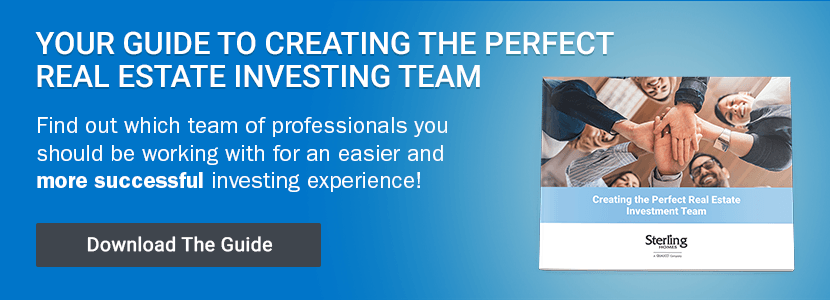Your Step-by-Step Guide to Buying a Rental Property

Purchasing a rental property is one of the biggest milestones of your life, and it is no easy feat to accomplish. It can often feel overwhelming, especially if you are a real-estate novice.
However, don’t break a sweat just yet. Here is a comprehensive guideline on everything you need to know before making a real-estate asset purchase.
1. Set the Goal You Are Working Towards
Before you begin property hunting, brainstorm what your end goal with this investment is. Be well-aware of your financial positioning and the reason behind your investment.
Answer these questions to align your thoughts with your goals:
- How close are you to retirement? Is this real estate purchase a means to supplement your income when you retire?
- How many streams of income would you have once you retire?
- Are you looking to start earning from this property right away, such as in the form of rent?
- Do you plan to form a real-estate portfolio by buying other similar properties in the future?
- Are you planning to sell the property to make a profit when real-estate prices hike?
2. Know Who You Are Renting To
Now that you have your finances sorted, you need to decide whom you want as your tenant. Each type of tenant brings his or her own set of pros and cons. As an example, renting to a married couple with kids would mean that the house would suffer more wear and tear, but it also means multiple stable incomes and rent paid on time. Similarly, a lone tenant would cause little to no property damage, but it also means a single-income scenario and low expected rental turnover.
Do your research beforehand to identify your desired tenant.
3. Meet A Mortgage Broker
Your plan to buy the rental property of your dreams is finally taking shape, but there are still a few things to sort out.
If you have money saved up to buy the asset yourself, you can skip this step. However, it is more likely that you need to take out a mortgage.
Understand that getting a loan from the bank for your house, and for a property you want to rent are two vastly different situations. Meet an experienced mortgage broker and ask him to guide you through the mortgage and down payment process.
4. Pick a Rental Property
By this point, you must be fully aware of your financial standing and whom you want to lend to. However, you still need to pick a rental property to purchase. Though you probably have something in mind, it never hurts to do some more digging.
Depending on your acquisition price range, you will find many types of properties, all of which have different requirements and expected outcomes. Variables such as the cost of repairs and maintenance, as well as the location and crime rate, can bring down the expected profit.
5. Build the Ideal Rental Property
It does not matter how great you think your property is; your ideal tenant must think so too. Customers interested in renting your property often request inspecting the property themselves to weed out any shoddy plumbing or construction.
If you plan on renting to college students, you will most likely need to switch out wooden floors for marble tiles because these occupants will most likely spill things, and require a surface that is easier to clean. Having a family rent your property means you must ensure the real estate has a well-reputed school nearby.
Take care of these matters before putting your property up on the market.

6. Obtain Rental Property Insurance
A real-estate asset investment is expensive and does not come without its own set of risks. Accidents can be costly and can make the property a money-sucking liability instead. To avoid such a situation, a new rental property owner should always have homeowner’s insurance with extra insurance padding in the unfortunate event that a lawsuit is filed against them.
7. Make an Offer
This is the scariest and the most exciting part of renting out a property. Once you are ready to place your property on the market, submit an offer to purchase. If your property is being managed by a professional, read the terms and conditions thoroughly, and then agree.
As overwhelming as it might seem, following these steps will help condense asset management into easy bullet points you can follow.
Remember: Fortune favours the brave.
About the Author:
Learn more about:
Sterling Homes - Home Builder in Edmonton
Start The Home Buying Process Now












